Subscribe to the Newsletter
Your cart is empty
Shop now
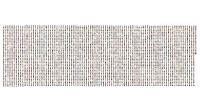
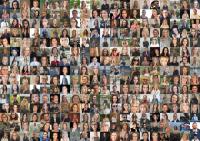
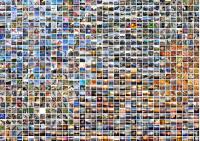

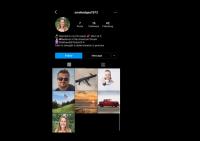

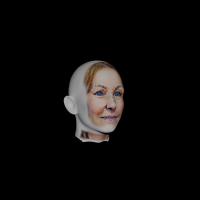
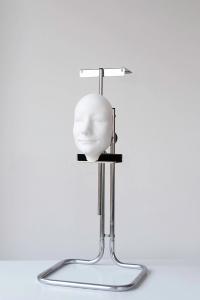
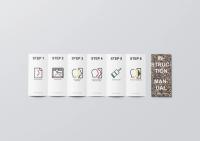










Sara Hodges - The Perfect American Citizen
In 2020, after reading about a protester being arrested for what he had written online, I began researching mass surveillance in America. Due to a state-wide increase in protests, law enforcement was, for the first time, permitted to use facial recognition not only to identify protesters but also to track them through their social media activity. I started questioning whether surveillance technologies had compromised our freedom of expression beyond repair, and from this, I had the idea of creating the perfect citizen in the eyes of surveillance.
To create the perfect American citizen through machine learning, I first needed to create a database. To do so, I collected over 50.000 Instagram posts tagged with #iloveamerica (I love America). I wanted this persona to reflect the digital presence of a group of people who expressed love for America on social media and would, therefore, be less likely to be flagged as threats by the algorithm. Starting from these posts, I analysed all the associated Instagram profiles, collecting all their profile pictures and the images on their feed.
What would the perfect American citizen look like? To create their face, I merged all the profile pictures I had collected through machine learning. The final result was a middle-aged white woman, whose generated name was Sara Hodges. To build her online presence, I created an Instagram account, @sarahodges1973, as well as an AI-generated biography: “Married to my HS sweetheart. Mom of 5. Believer in the American Dream. Matthew28 Psalm23:4. Faith is strength is determination is practice.”
Next, I divided all the other images into various categories (such as vehicles, dogs, babies, flowers, guns, etc) and trained an AI to generate new pictures. These images were used to populate Sara’s Instagram feed. Since the database originated from posts tagged with #iloveamerica, Sara’s online persona mirrors the online presence of individuals who, in the eyes of surveillance technologies, represent the perfect American citizens.
The final step was to bring Sara Hodges into the physical world. I created a 3D model of her face, which, using silicon and a 3D printer, could be turned into a mask that anyone could own. Bringing this perfect citizen to life meant trying to create a tool allowing people to claim and exercise their fundamental right to expression without the fear of being identified or tracked online. When wearing the mask, facial recognition technologies would redirect law enforcement to the social media profile of this seemingly perfect citizen.
Marcel Top was part of Face-to-Face: Arles Edition 2024.
Check out his Artist Feature Nemo Smith.